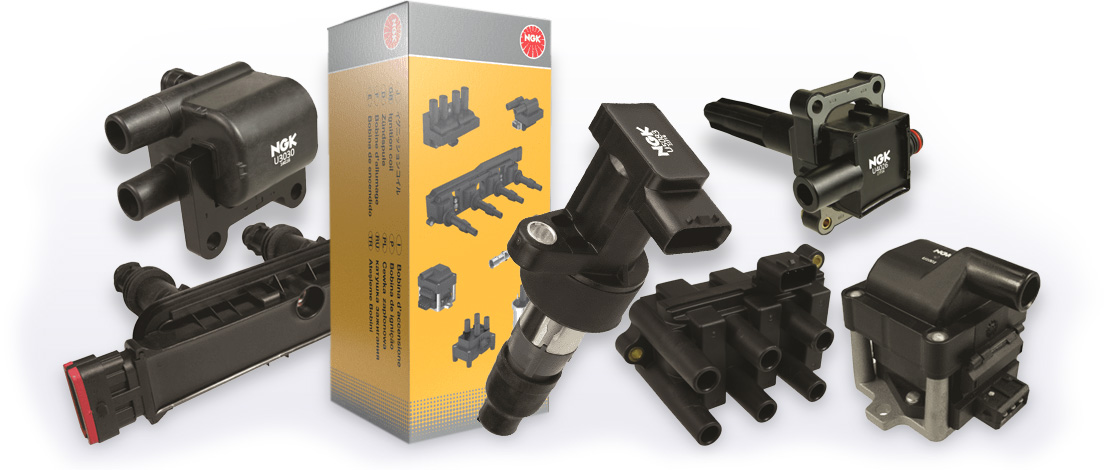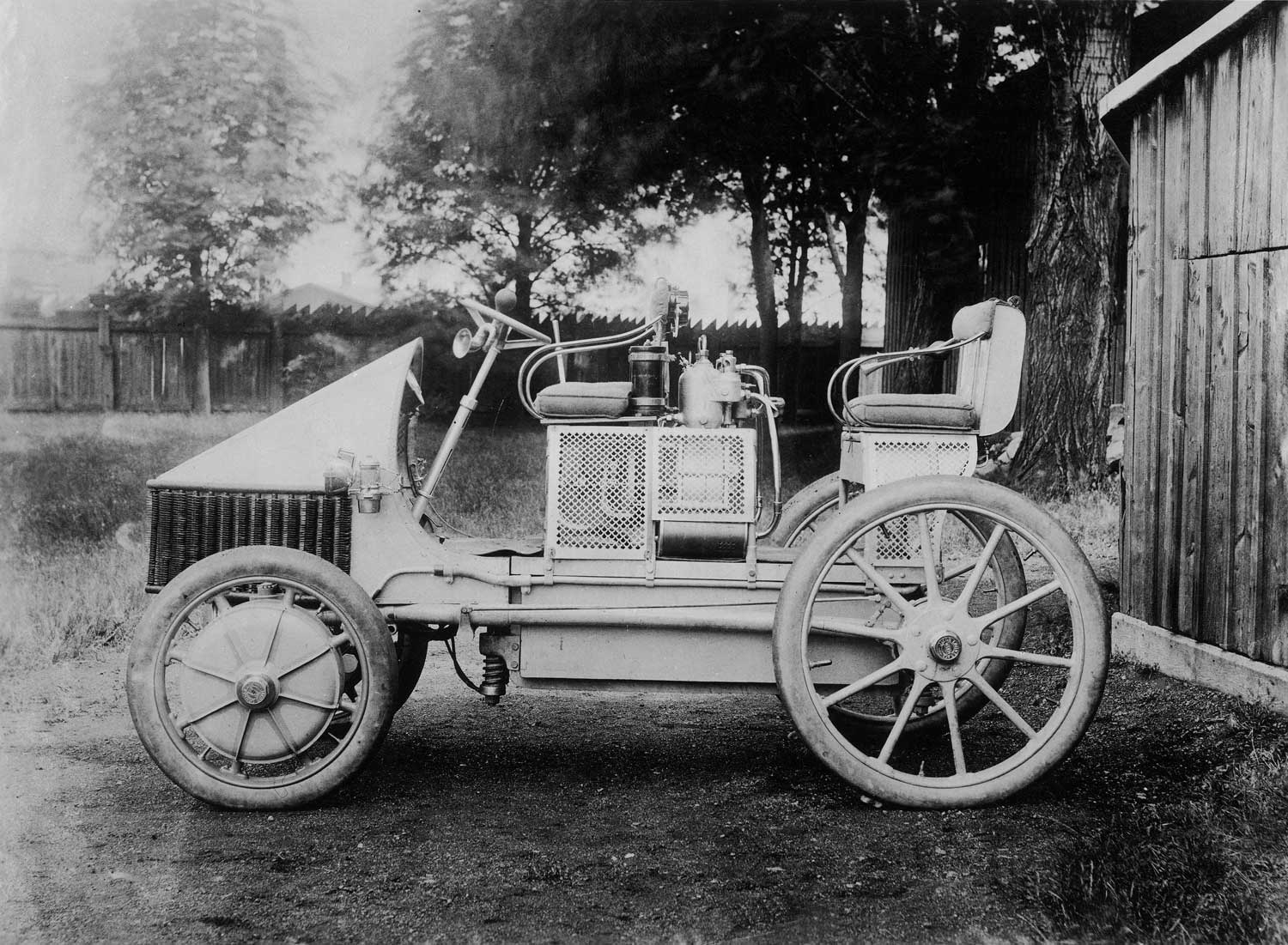Throughout the month of June, 2024, NGK is offering RockAuto customers an exclusive $3 per coil instant rebate ! Simply add any qualifying NGK Ignition Coil to your shopping cart and instantly save. ! Simply add any qualifying NGK Ignition Coil to your shopping cart and instantly save.
NGK Ignition Coils are manufactured to meet or exceed OE standards for the highest durability and operational performance. NGK and their family of automotive products have over 80 years of experience and are driven by extreme dedication to innovation, performance and quality. Developed and rigorously tested in their ISO 17025 accredited test labs under the most extreme conditions, NGK Ignition Coil designs will outperform the competition in the harshest operational environments. NKG Ignition Coils Feature:
Find NGK Ignition Coils and more in the "Ignition" category of the RockAuto.com catalog. | |

| |
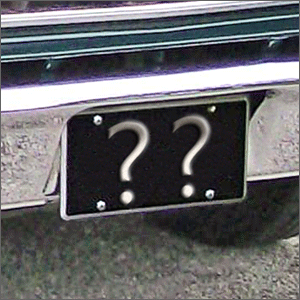 | |
 I was a teenager in the 1970s, and my pride and joy was a spotless light blue 1967 Ford Fairlane. One day, during a regular washing of the car, my dad told me that spraying the tires with silicone spray would make them shine like brand new tires. I sprayed the tires and was amazed at how good they looked! My friends commented on them and asked what I had done to the tires to make them look so good. I was excited about the newfound "trick" that no one else seemed to know about. The "trick" progressed to also spraying the weatherstripping, door panels, dashboard, sun visors, etc. The car never looked better, but I went too far when I sprayed the clutch, brake, and accelerator pedals. The silicone spray made everything very shiny and nice looking but also very slippery! My foot would slip off of the clutch pedal resulting in the pedal raking my ankle and the inside of my left leg causing some serious pain. Trying to stop the car with a slippery brake pedal was a scary ordeal to say the least and keeping my foot on the accelerator pedal was a constant chore! I quickly resolved to only putting silicone spray on the tires. Aaron in Georgia |
|
 In this scenario a dash warning light indicates brake fluid, coolant or windshield washer fluid level is low, but there is actually the correct amount of fluid in the system. The DIYer decides it must be a bad fluid level sensor and drains some fluid out of the reservoir so less liquid dribbles out when the sensor is replaced. However, no fluid comes out when the fluid level sensor is removed, and as a matter of fact, the old sensor is completely dry. The dash warning light stays on even after a new fluid level sensor is installed, and the vehicle has gone on a test drive. In this case, the fluid level sensor may be a reed switch that closes when it is near a magnet. Inside the reservoir is a magnetic float. When the reservoir contains the correct amount of liquid, the magnetic float is floating near enough to the fluid level sensor's location to close its switch. The electrical circuit is typically designed to turn the dash warning light on when the magnetic float is too far away (fluid level dropped), and the reed switch opens. The magnetic field generated by the magnetic float passes through the plastic wall of the reservoir so the fluid level sensor can be mounted in a pocket molded into the outside of the reservoir where it has no contact with the fluid. The magnetic float inside the reservoir may wear out before the fluid level sensor mounted on the outside of the reservoir. The float is often in the harsher environment. It is moving up/down and always exposed to the chemical (fluid) inside the reservoir. 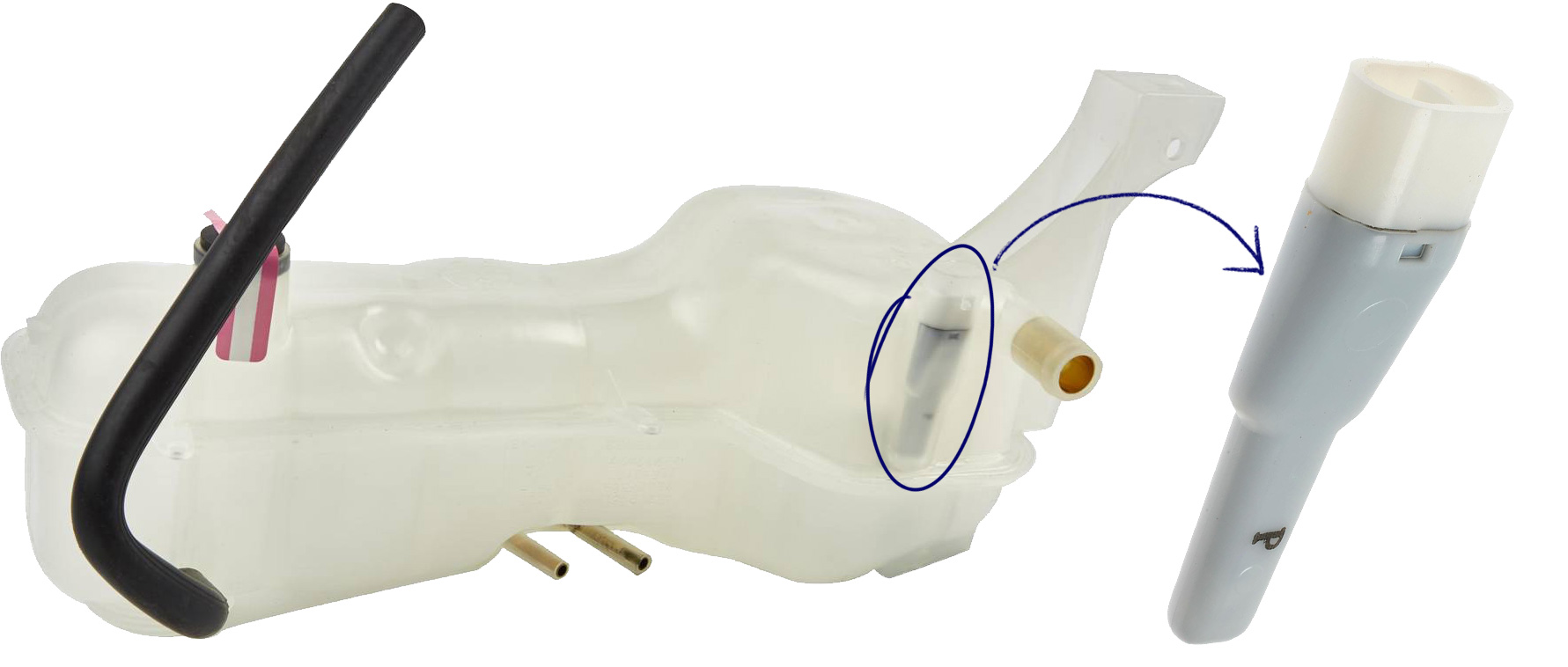 Fluid Level Sensor Mounted on the Outside of the Reservoir Most reed switch type fluid level sensors will react to a magnet (switch closes) when the sensor is lying on a workbench. Connect an ohmmeter (ohm setting on a multimeter) to the old sensor's electrical leads. Move a magnet close to the old sensor, and the ohm reading should approach zero as the reed switch closes and there is no longer any electrical resistance between the sensor's leads. To learn about your specific vehicle's fluid reservoir systems, consult the repair manual (found under "Literature" at RockAuto.com) and see part descriptions/photos for the replacement fluid level sensors and/or reservoirs listed in the RockAuto.com catalog. Some new plastic reservoirs include both the magnetic float inside the reservoir and the fluid level sensor mounted on the outside. Tom Taylor, To read more of Tom's articles, click this link and choose from story titles on the Newsletter Archives page. |
|
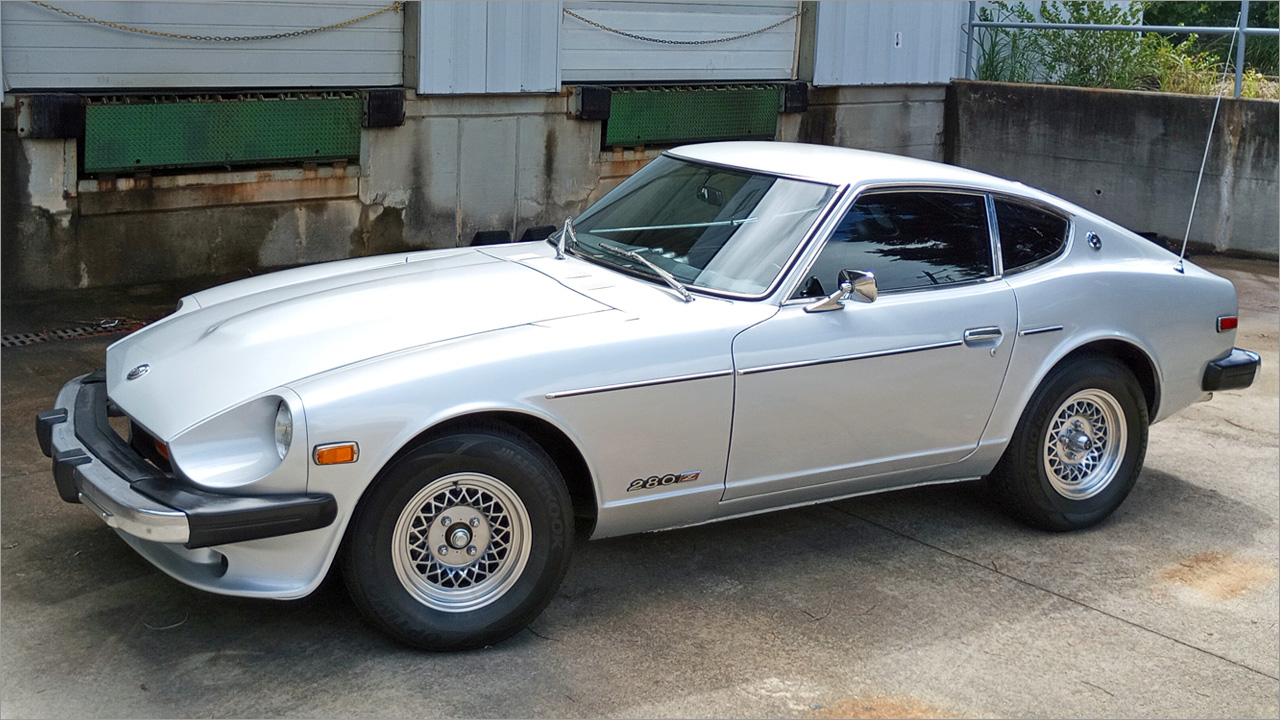 |
|
When I was in the 7th grade (1993), my father sold his 1974 Datsun 260Z so he could give me, my younger sister and my older brother a decent Christmas. He loved that car. Years later, my brother suggested it would be nice to reacquire a S30 series (1969 to 1978) Z-car. In 2017, I came across this 1976 Datsun 280Z. I bought it and showed up at my father's in it as a surprise. I have put plenty of work into it and love utilizing RockAuto for parts: starter, alternator, brake booster, fuel pump/filters, light bulbs, etc. Thank You RockAuto, |
Share Your Hard Work & Stories | |
|
Your Hard Work Do you purchase parts from RockAuto? If so, RockAuto would like to give you the opportunity to have your car or truck possibly featured in one (or occasionally more) of our publications such as the monthly newsletter, collector magnets or other commercial use. New, old, import, domestic, daily driver, trailer queen, classic, antique, we want to see them all! For submission instructions and tips for taking pictures of your car, please visit our Photography Tips & Submission Info page. Your Most Infamous Auto Repair Blunder Use your woe to help others avoid similar mistakes. Please email your story to marketing@rockauto.com. Include your mailing address and if you would like a RockAuto Hat if we publish your story. See the Hats under Tools & Universal Parts in the RockAuto catalog. The story will be credited using only your first name and your vague geographic location (state, province, country, continent, etc.) so you can remain semi-anonymous! | |



